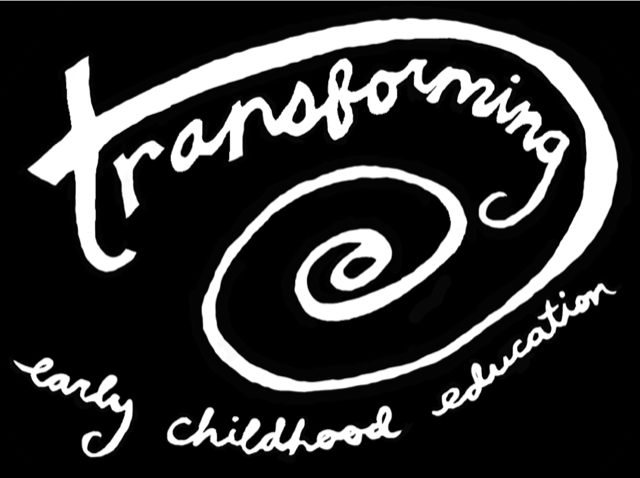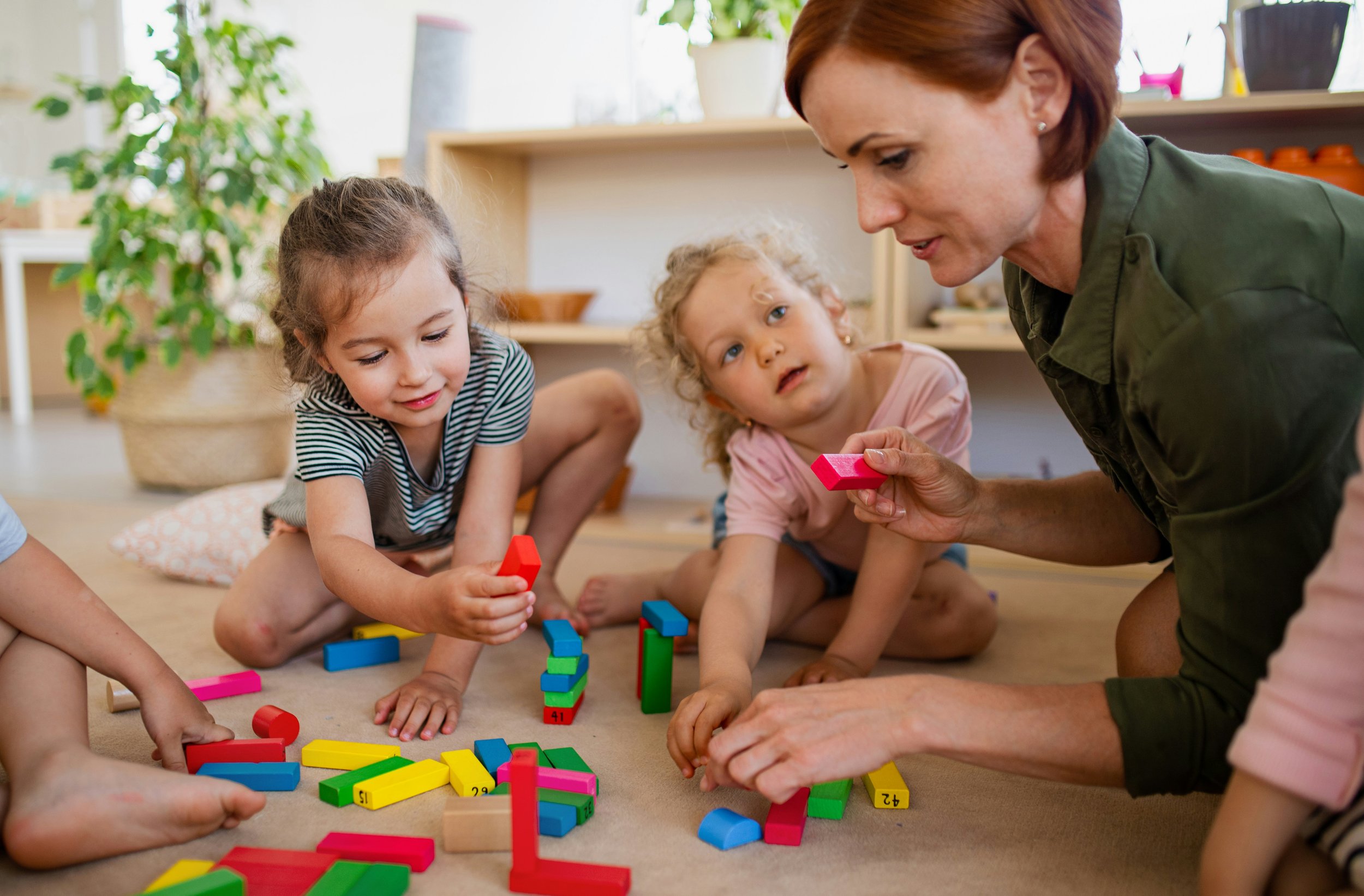Scaffolding
Scaffolding
I have grand dreams of what the profession of early childhood education could be—a profession valued by everyone outside the field, a profession where we are seen as essential in supporting the families of young children, and a profession where every early childhood educator understands (and applies) the foundational principles of child development.
I could add another dozen or so items to this list, but I know that as much as I would love to change the system, I only have the power to change how I work within it. For me, that means that in this work, I will make sure to provide early childhood professionals with research-based information and applicable tools/strategies that they can take directly to their classrooms.
When I teach educational terminology, I always make sure to explain exactly what it looks like in the classroom. One of my pet peeves is when someone comes into a classroom and critiques a teacher by throwing out lots of terms with no explanation of how to enact change in their learning environment. This is not helpful, so please stop doing it (I’m looking at you, DAP police, who use the phrase “that’s not DAP” without explanation).
The term I’m going to share today is scaffolding, which is ESSENTIAL in our everyday interactions with the children in our care. It encompasses the totality of our work as caregivers.
I will begin explaining the term by creating a visual for you. I want you to picture a building in your local town/community that is getting repainted or repaired. Outside of this building, you will see workers erecting a structure that looks like a portable platform. There are metal poles with long platforms in between. This structure is called a scaffold (if it is one structure) or scaffolding for multiple platforms.
Now that the scaffold (or scaffolding) is built, the workers can use it to reach parts of the building that they wouldn’t otherwise be able to reach. The scaffolding is safer than a ladder because it offers a sturdy base and walkway. It’s important to remember that the workers don’t always need to use the scaffolding, and sometimes, depending on the work they are completing, they need to add more.
We’ve created a visual representation of scaffolding and its use outside of early childhood education. Let’s move that visual to what it looks like in our learning environments.
Imagine sitting in the block area of your learning environment during center time next to a child who sometimes gets frustrated when things don’t go as planned. In this scenario, you will be the scaffolding, and the child will be the worker (Play is the work of Childhood). As the support (scaffold) for the child (worker), you need to know when they need your assistance and when to step back and let them figure things out. You must ensure that you are not a shaky ladder but a supportive platform so the child trusts your advice.
In the classroom, you need to really know the child and what they are capable of before you step in to provide support. Scaffolding in action is like a delicate partner dance. You need to know when it is the child’s turn to lead and when it’s your turn; otherwise, you step on their toes. After their toes have been stepped on too many times, they no longer want to partner with you, and you prove yourself to not be a trusted dance partner.
Scaffolding takes practice, mistakes, and more practice. You are human. It’s okay to make mistakes and to try again. Take some time to practice your scaffolding skills each day. If you are having difficulty, try spending some time with the child in a different capacity. Please get to know them, their interests, strengths, and where they need to grow.
I believe in you! You have the power to make real change in the world of early childhood education!



